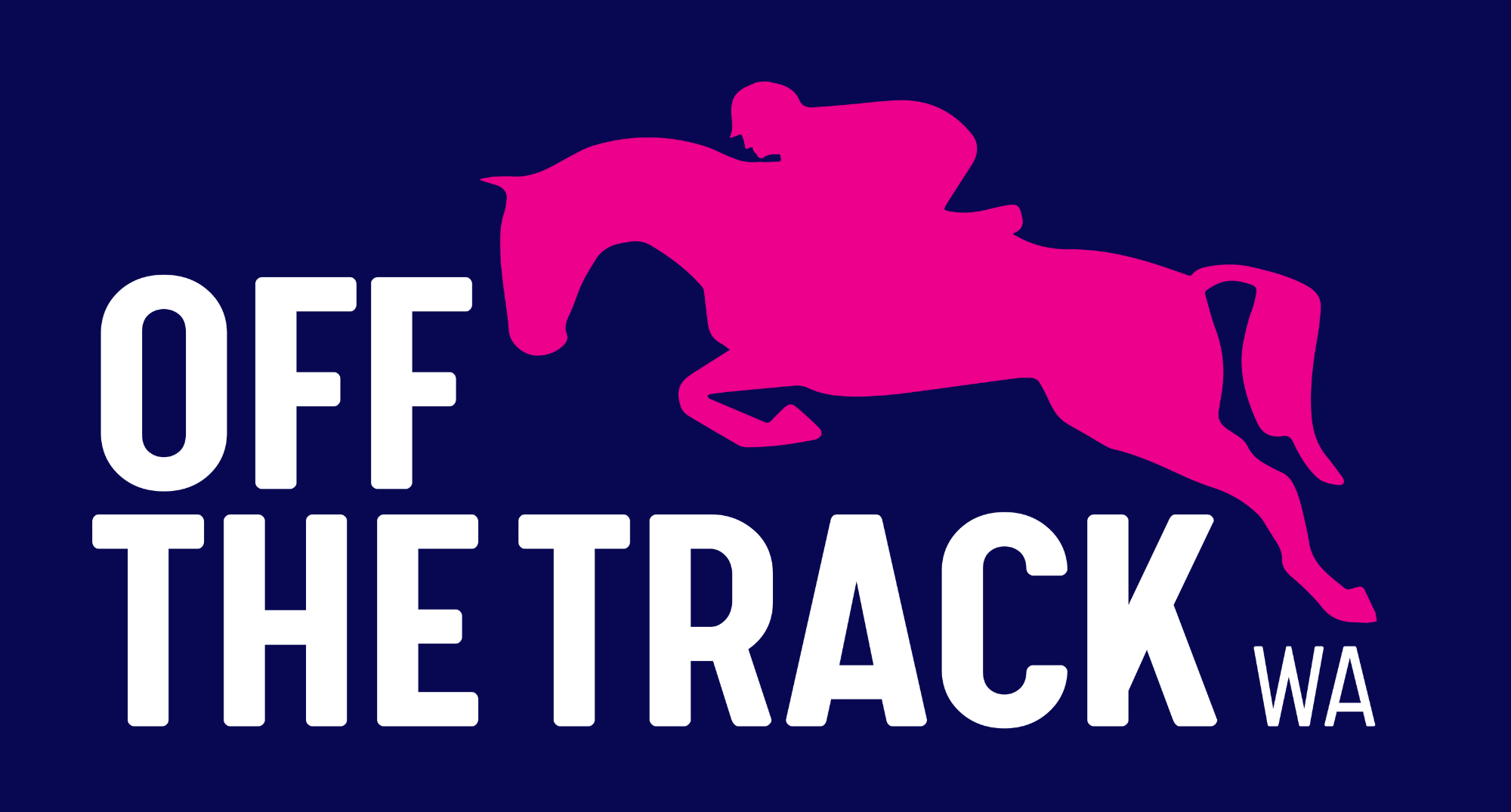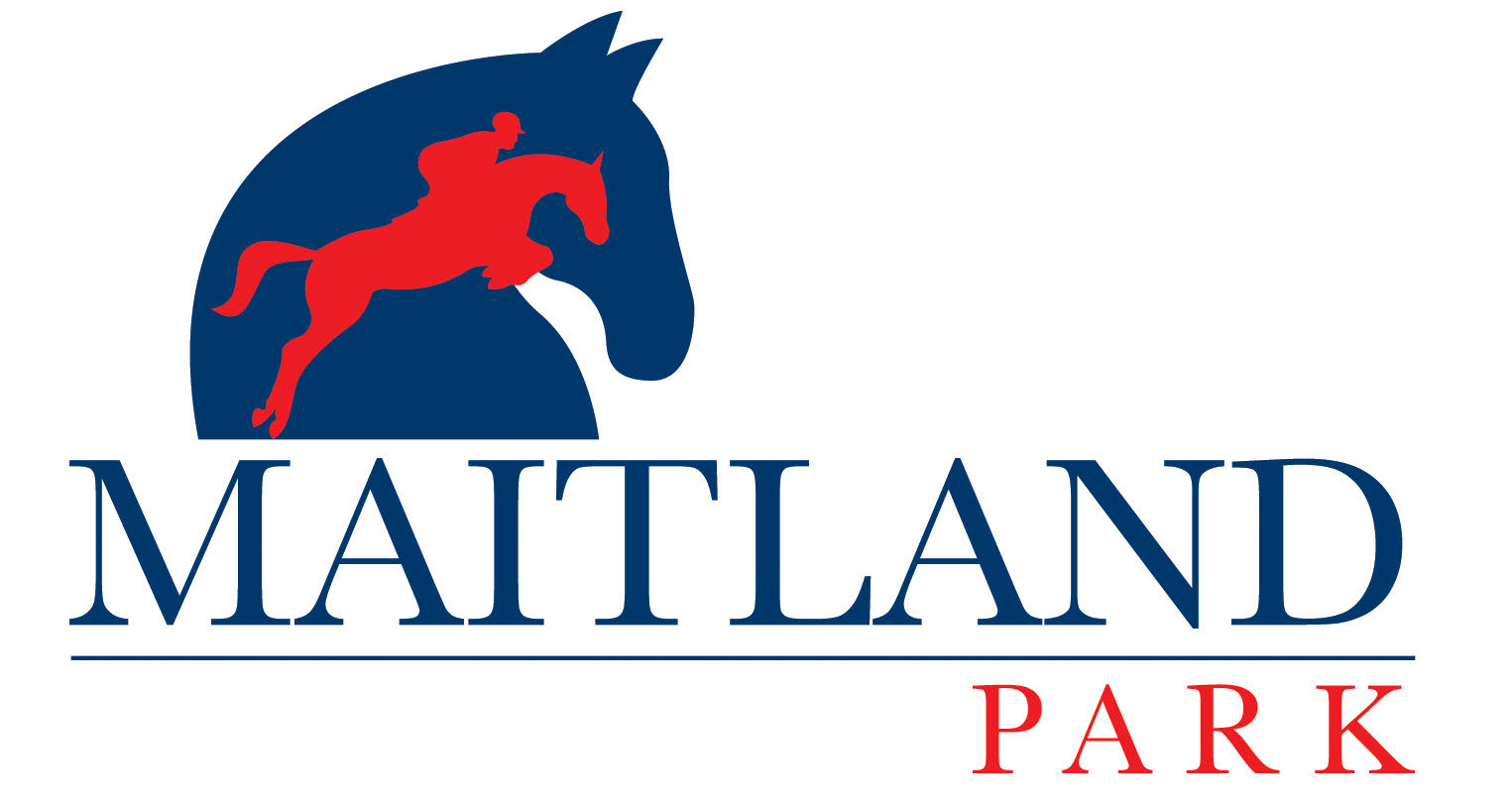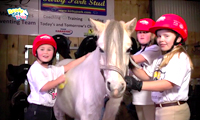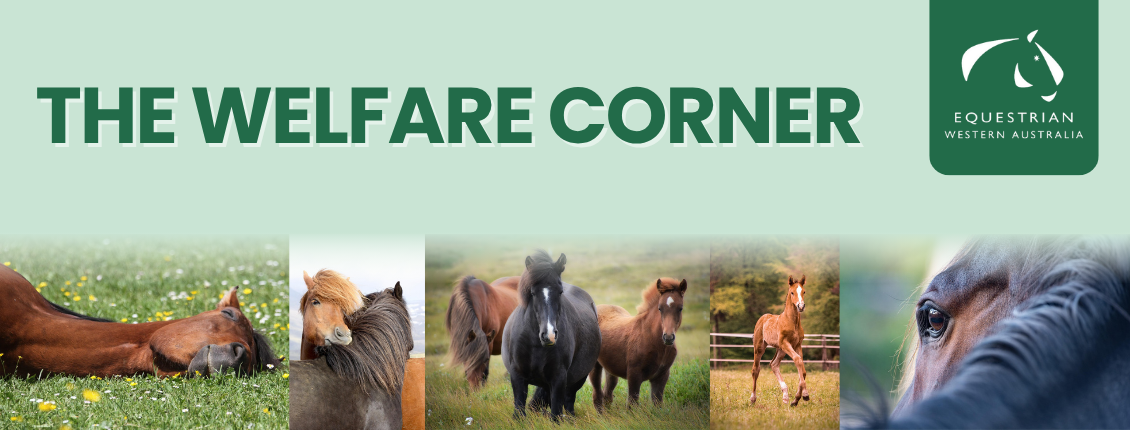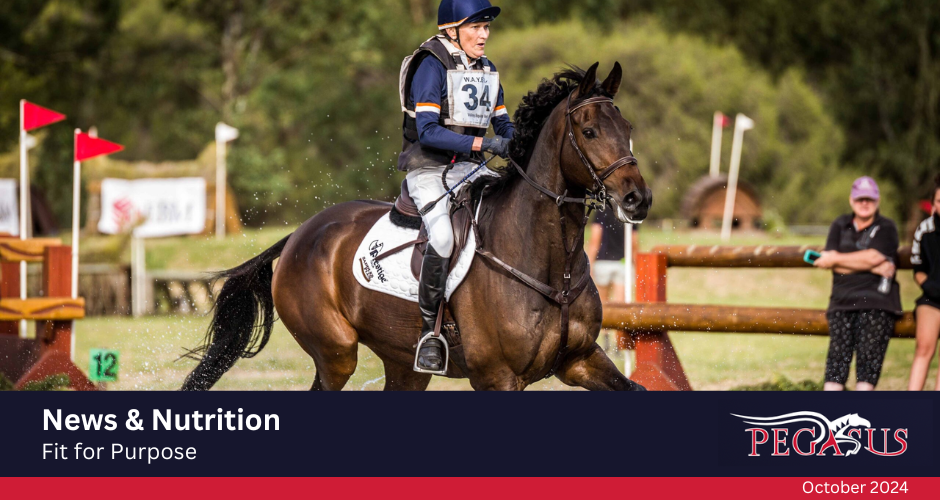
Pegasus News & Nutrition
Fit for Purpose
Whether it be casual trail riding, arena schooling, or high-performance competition, tailoring a training program to suit the demands of the sport is essential to ensure our horses are fit for purpose. A well-planned training program can make the difference between poor performance or injury and reaching your goals successfully. Here we look at the physiological adaptations in response to training and their relationship with diet.
Rideability, technique, fitness and strength are required for success in any horse riding activity, and each facet should be trained accordingly. Traditionally, subjective measures, such as exercise duration, number of jumps, speed and respiration rate, have been used to develop and assess training. In recent years, considerable research has produced evidence-based training protocols that help riders tailor their exercise programs. Mobile-based monitoring tools also allow riders to better measure exercise distance and intensity, which can assist in evaluating their horse’s training response – KER ClockIt is one such monitoring tool.
Understanding the demands of each discipline is important when making feeding and training decisions. For example, one study demonstrated that the physiological demands of horses training over jumps 1.10m in height, at a speed of 380m/minute, were similar to horses cantering on flat ground at 480m/minute (Léguillette et al., 2020). So, whilst the jumping horse may not be travelling as fast as the racing horse, for example, they are experiencing similar exertion to moderate speed work. An important consideration is training to achieve adaptations to the proportion of aerobic (type I and IIA) muscle fibres to anaerobic (type IIX) fibres relevant to the sport.
In horses, low speed exercise uses type I and IIA muscle fibres, whilst fast, short-duration exercise recruits a higher proportion of type IIX fast-twitch muscle fibres for explosive power and propulsion. Fuelling energy for long, slow work (type 1 and 11A muscle fibres) is generated mainly through aerobic glycolysis, whilst high-intensity, short-duration work relies more on anaerobic glycolysis for energy production. Therefore, discipline-specific training, to manipulate the energy pathways fuelling the type of exercise, is essential. Diet should be balanced with energy sources that meet these pathways. Horses doing long, slow work can rely on fat and fibre-based feeds, as the energy demand is slower. Those doing high-intensity exercise benefit from some carbohydrate grain or NSC energy in the feed to help support faster energy conversion and replenish lost muscle glycogen during recovery.
Aside from performance, injury prevention should be an important driver of training protocol. Consistent, regular, variable training, excluding long repetitious sessions, is important for injury prevention. The use of interval training (HIIT) has been shown to be an effective way to improve fitness, without putting excess kilometres into the legs of our horses. Specific training adaptations include increased cardiovascular output, increased capillarisation in muscle fibres, recruitment of type IIX fibres, and improved aerobic threshold. Improved aerobic threshold is key to delaying the onset of lactate-induced fatigue. It is important to use evidence-based HIIT protocols to avoid de-training and over-training. An unsuitable or sporadic HIIT training regime can actually lead to reduced performance parameters. Short intervals, increased repetition, and frequent exercise are a more effective protocol (Lindner et al., 2012).
Temperament and stress are other considerations for a training program. Horses require mental aptitude suited to trainability and rideability. Repetition and consistency in training can reduce the stress of competition, as horses become more confident and familiar with the task. Training according to the horse’s skill, ability and experience is also important. From a feed perspective, utilising energy from fat and fibre, such as Pegasus Liberty, can assist in maintaining a calm temperament, particularly in young, nervous horses, or ‘hot-blooded’ breeds. On the other hand, horses that tend to be a little lazy or lack forwardness can be supported with an increased NSC diet, utilising a grain-based performance feed, such as Pegasus Sweetmax or Pegasus Performax, which can help provide the ‘zing’ energy they need.
Ensuring a correct balance of energy sources suited to the training intensity, anti-oxidants to assist muscle repair, and essential vitamins and minerals to support cellular function is a key component accompanying any training program. Ration analysis is the best way to check if the diet is balanced. Once you’ve decided on your training regime, our equine nutrition advisor can assist with a feeding plan to suit your, and your horse’s, needs.
Sources:
Lindner, A., Signorini, R., Brero, L., Arn, E., Mazzini, R. & Enriquez, A. (2012). Effect of Conditioning Horses Once, Twice, or Thrice a Week with High-Intensity Intermittent Exercise on v(4). Journal of equine veterinary science. [Online] 32(3) : 153-157. DOI:10.1016/j.jevs.2011.08.009.
Léguillette, R., Bond, S. L., Lawlor, K., Haan, T. D. & Weber, L. M. (2020). Comparison of physiological demands in Warmblood show jumping horses over a standardized 1.10 m jumping course versus a standardized exercise test on a track. BMC veterinary research. [Online] 16(1) : 182-182. DOI:10.1186/s12917-020-02400-9.

